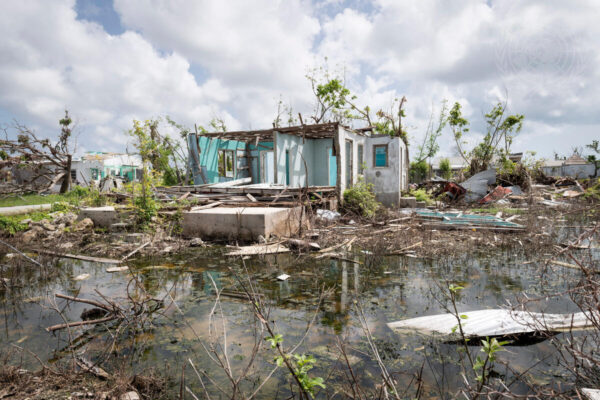Representation of adaptation in quantitative climate assessments
Authors
Nicole van Maanen, Tabea Lissner, Mathijs Harmsen, Franziska Piontek, Marina Andrijevic and Detlef P. van Vuuren

Adaptation is a key societal response to reduce the impacts of climate change, yet it is poorly represented in current modelling frameworks. We identify key research gaps and suggest entry points for adaptation in quantitative assessments of climate change to enhance policy guidance.
Adaptation refers to the process by which societies adjust to existing and expected impacts of climate change. Adaptation on the ground is determined by prevailing regional and contextual conditions, and shaped by diverse societal actors.
The positive benefits of adaptation, such as risk reduction, vary greatly depending on enabling or constraining conditions, with effects usually seen at the local or regional level. Unlike for mitigation (reducing greenhouse gas emissions), there is no universal metric to assess the wide range of adaptation outcomes. This makes it hard to gauge how effective adaptation measures are in response to different climate impacts in a quantifiable manner on an aggregate scale. As a result, adaptation is poorly represented in global quantitative models used in climate research.
Where adaptation is represented, it is either highly stylized or constrained to specific options in selected sectors. As a consequence, there is limited global evidence on the costs and ability of adaptation to respond to mounting climate risks, which leads to an under-representation of adaptation when evaluating climate policy costs.
Moreover, there is a clear need to understand how adaptation and mitigation interact — the two policy strategies have mostly been investigated in isolation, including in IPCC reports.











